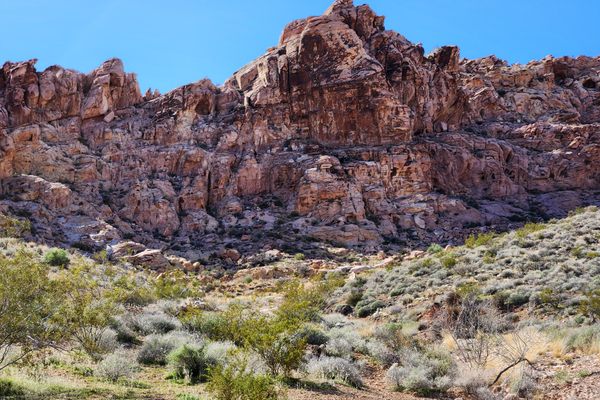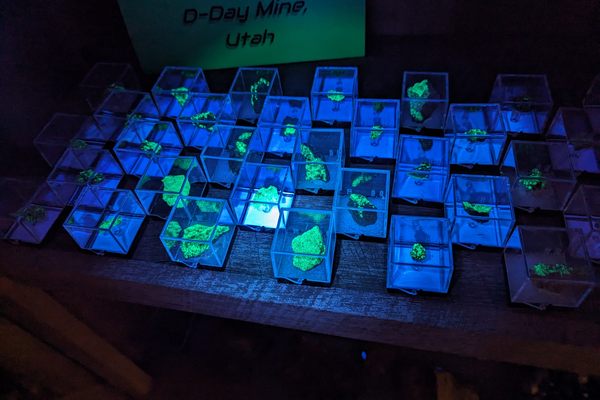About
Hidden near the south side of Stockholm's natural history museum is a fascinating iron boulder.
The jarnblocket, or iron boulder, was among the boulders discovered in 1870 by by geologist and Arctic explorer Adolf Erik Nordenskiöld on Disco Island, near Greenland. Nordenskiöld thought these unusual rocks were gigantic iron meteorites and transported them back home with great difficulty over the course of a year.
In 1979, it was proven that the jarnblocket and its fellow boulders weren't extraterrestrial visitors. Instead, the boulders formed thousands of years ago right here on Earth, when iron-rich lava hit an underlying coal bed. This created a rare natural occurrence that caused the iron in the lava to separate and congeal in large blobs. Over the years, the surrounding basalt rock eroded away until all that was left were these massive iron boulders.
This boulder stayed in Stockholm, having been given to the museum in 1916. The three smaller boulders were sent to Copenhagen, Helsinki, and Gothenburg.
Related Tags
Know Before You Go
The boulder is freely accessible from the outside of the building. If you exit at the museum bus stop, you'll see it on a ridge straight ahead.
Published
October 7, 2019




























